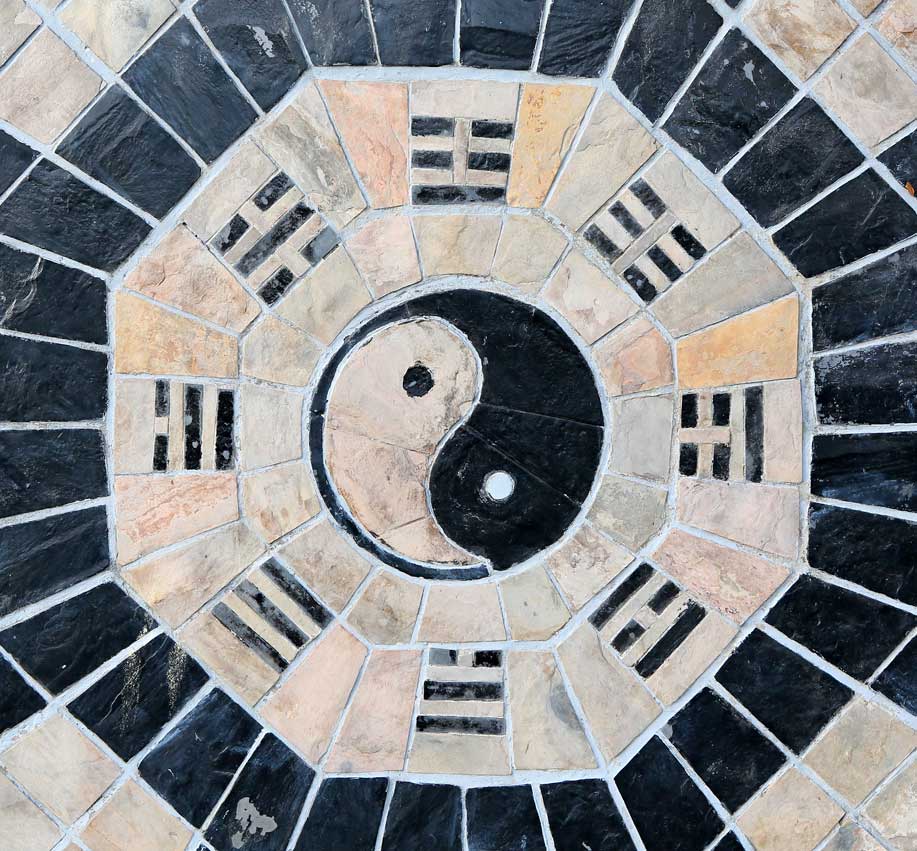Vastu Shastra is a traditional system of architecture originating in India that uses Indian principles of design, layout, measurements, ground preparation, space arrangement, and spatial geometry. It shares some principles with Feng Shui, but the two are dramatically different from each other in some ways.
- Vastu means “dwelling” and Shastra means “science.
- Whereas, Feng means “air” and Shui means “water.”
Key Difference Between Vastu Shastra and Feng Shui
Vastu Shastra is more about constructing a home that is suitable according to certain architectural principles. Feng Shui focuses on manipulating and increasing the flow of positive energies of an environment like your home or office.
The principles of Vastu Shastra are best applied to a home that is in the process of construction. Feng Shui principles are most often applied to the decorative and functional aspects of an existing environment.
Vastu Shastra is thousands of years older than Feng Shui and is where the principles of Feng Shui originate.
Vastu Shastra Integrates Natural Principles of Symmetry and Geometry
The primary consideration reflects the science of arranging the five elements – earth, water, fire, air and sky in complete harmony. Experts say that the fundamental principle aims at providing an organized and convenient life to everyone.
The core tactic is the integration of nature, alignment, symmetries, and using “yantra” (traditional geometrical patterns from India) to correctly structure parts of the architecture.
Some examples of Vastu Shastra principles:
- The northeast direction is the best place for meditation. Meditate in this direction for spiritual growth.
- Place scenery in the North East direction depicting a long road for good vision and planning.
- Place a picture or painting of a rising sun in the east direction for healthy social relations.
- Number of doors and windows should be even in the house.
In architecture Vastu Sashtra is applied to designing towns, public areas, shops, roads, gardens, houses, and even waterworks layouts.
Feng Shui is an Ancient Chinese Practice
Feng Shui, or Chinese geomancy, is an old quasiscientific practice that emanates from ancient China. The theory utilizes energy forces to accord people with their surroundings. In English, this phrase refers to both wind and water. This cultural stenography was taken from the book of burial recorded in the annotation of Guo Pu.
It is one of the five histories of Chinese ontologies classified as countenance. The practice describes the construction in terms of covert forces that bind the earth, humanity, and the universe together. Traditionally, the cult was used for building orientation, mostly the spiritually significant structures like tombs. The practice was also used in buildings and other structures in a promising way. Depending on a specific style of Feng Shui used, a propitious site could be determined by reference to local features like the compass, water bodies, and stars.
Where do the two concepts overlap / differ
Both Vastu Shastra and Feng Shui use the eight compass directions to determine placement and architecture, and five elements to attract positive energies.
Although the two practices are similar in some ways, they have significant critical differences. This is where they overlap.
Basic principles of Vastu Shastra and Feng Shui
Vastu Shatra focuses on science, while Feng Shui focuses on the geographic scope.
Vastu Shatra is concerned with constructing a suitable home as per the principles of this speculation. Feng Shui supports an upbeat style of life and growing the stream of positive forces to a home.
Auspicious direction
North is the common promising direction according to Vastu because it is the origin of magnetic force. But according to Feng Shui, the optimistic part is the south because it uses the reality that the sun crosses from the east and west.
Colors
The two theories have different views on the color that a home should take. According to Vastu Shastra, the walls need to be coated in bright colors such as red. Feng Shui, on the other hand, has a different view of the same. Feng Shui asserts that a house needs to be bathed with calming and soothing hues such as beige, white, and cream.
Objects used
The other significant overlap between the two is the kind of objects the two approaches use. While Vastu emphasizes the application of tulsi shrubs or putting Ganesha statues in the precise direction, Feng Shui uses bamboo, wind chimes, and laughing buddhas.

The North-East Corner Is A Very Crucial Direction According to Vastu Shastra
The north-east corner has a reputation for being one of the most lively and energetic directions.
Also called the Ishanya corner or God corner, the North-east corner, is a very sacred and pious direction where Lord Shiva resides.
The earth’s magnetic energy and Chi force collide at the north east, resulting in a strong concentration of positive vibrations.
The north-east corner should not have any heavy objects stored there. Cleaning items should not be kept here. Also, the toilet and kitchen should not be positioned in this direction at any cost.
Conclusion
With the idea of what Feng Shui and Vastu Vastra are, you are aware of what to keep in mind when deciding what to use at your home. If you plan to build a new home, you can consider using Shastra, but if you want to enhance your home’s and life’s vibes, you can consider using Feng Shui. Try putting objects in the precise direction if you wish to use minor and more uncomplicated improvements. Believe in the power of positivity and live a happy life.

